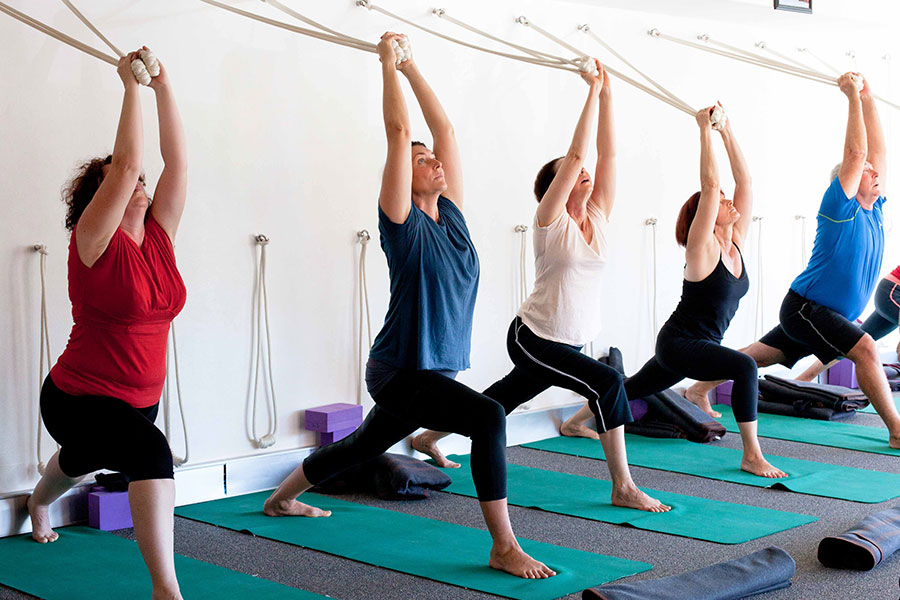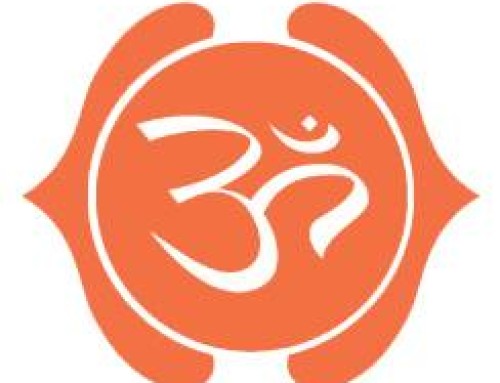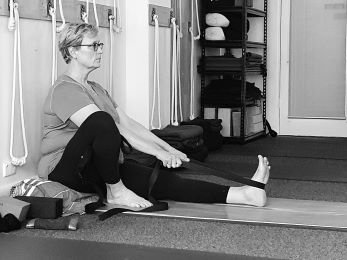As a yoga teacher I am frequently asked what style of yoga it is that I teach. My reply resonates that of the renowned teacher, Mark Whitwell: “I teach yoga …there is only ONE yoga!â€
Most of the yoga styles practised in the Western world today can be traced back to one teacher, Sri Tirumalai Krishnamacharya (1888 -1989). Among his well- known students are Pattabhi Jois, BKS Iyengar, Indra Devi, and his own son, TKV Desikachar.
In the age of the “yogalebrity”, Westerners tend to self-identify with the yoga style they practice, and it can become just an extension of their ego. Popular yoga has largely lost the definition and purpose of yoga, and emerges as a form of physical fitness taught in big rooms with one teacher up the front.
The ancient art and science called yoga was developed for the sole purpose of attenuation, or termination of sorrows. For aspirants who seek to go deeper into their practice, the question eventually arises: how can I be more authentic in my yoga practice, both on and off the mat? We can explore this question by looking to the teachings of Krishnamacharya.
Krishnamacharya emphasised that transformation into authenticity begins with a serious practice of yoga – yoga beyond asana, yoga that is more than skin deep. This transformation occurs in four stages. The first stage is when prana, or life force, begins to flow smoothly through the body, and our perception becomes very sensitive. Misunderstanding this process can lead many to abandon their yoga practice due to discomfort with the falling away of old paradigms.
The seconds stage of transformation brings an identity crisis that shakes , and if we are diligent, dissolves our structural foundation. The tendency to stop yoga is powerful now, and in this phase it is imperative to sustain our practice. Toward the end of this stage depression can set in reflecting the collapse of our old structures. We find ourselves meeting our authenticity. The role of a yoga teacher now is to help us navigate through this collapse, as this is progress!
The third stage sees new structures and patterns developing. Under good guidance we learn not to grasp at these structures, as grasping is a tenet of the old paradigm. At this stage we realise that our authenticity is truly based in our authentic yoga practice.
The fourth stage of transformation is freedom, where we are not bound by any patterns or attachments. Few people attain this stage, as in the modern world we are very attached to many things.
In finding authenticity, Krishnamacharya held that yoga must be tailored to the individual, rather than the individual being expected to be shaped in some way to be fitted to the yoga.
Traditionally, yoga was taught on a one-to-one basis or a very small group. Â The present culture of huge classes with one instructor creates a large obstacle between students and their authentic yoga practice. Traditional lineage understands that as students navigate through the stages of transformation , the process is not something to be undergone in a class, but rather in an intimate relationship with their trusted teacher.
(Alexa Gibson is founder of Yoga Ayana in Currumbin, Queensland).





Leave A Comment